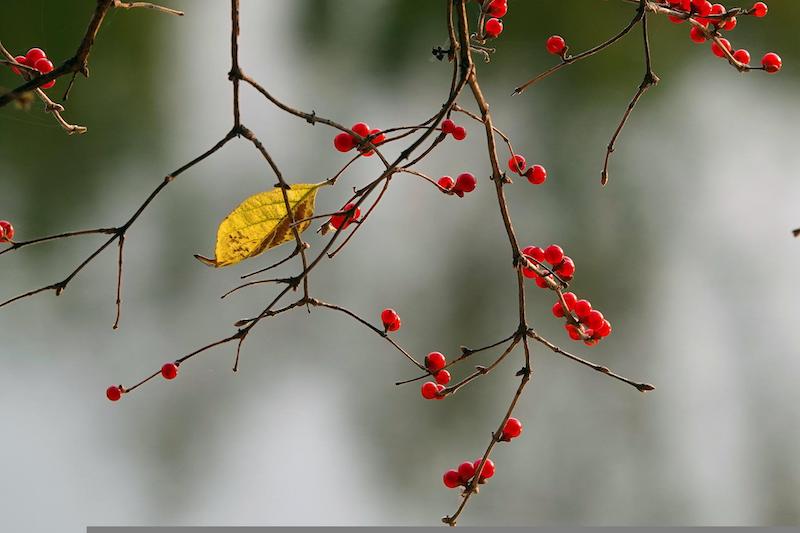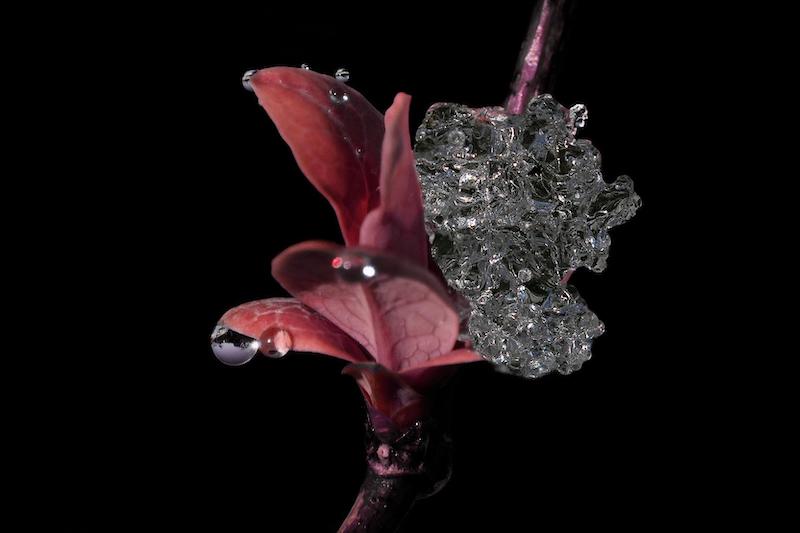Honeysuckle is a flowering perennial bush that leaves an impression for all of the right reasons. The blooms are magnificent in the spring and are replaced by berries in the fall that provide visual interest and attract birds. Winter is the off-season for Honeysuckle because this plant doesn’t have a lot going on, but Honeysuckle winter care is straightforward. Areas with mild winters may not need to do much for Honeysuckle, but plants grown in areas with very cold or snowy weather may benefit from some preparation and protection. Overwintering is simple wherever you live and whatever Honeysuckle cultivar you have.

Protecting Honeysuckle in Winter
Most Honeysuckle shrubs will not need protection during the winter. Still, plants grown in areas prone to high winds, heavy snowfall, or even foraging animals may benefit from a cover or being wrapped in landscape fabric. Large plants that can reach 10 feet tall and 6 feet wide are usually okay without protection. Smaller plants that may only get 2 to 3 feet tall and wide may do better with a cover, especially if they are grown in an area where snow may slide off a roof. Each case is unique, and Honeysuckle bushes do not typically need winter protection. Evaluate your space, and when in doubt, cover the plant.

Cutting Back Honeysuckle For Winter
Winter is when Honeysuckle bushes go dormant and do not need much care. Deciduous varieties will lose their leaves, while broadleaf plants will keep their foliage. Damaged or dead branches can be cut back before winter, but fall or early winter is not a good time to prune Honeysuckle bushes. Overgrown Honeysuckle can be trimmed back in the early spring. Shape the plant in the summer after the flowers fade.
Honeysuckle Winter Care in Pots
Potted Honeysuckle plants should be moved to a protected area for the winter. Honeysuckle is a cold-hardy perennial, but the roots of potted plants are not as protected as plants in the ground. Simply moving the container to an indoor space, even an area that is not heated like a shed or basement, is enough to ward off the winter chill. The Honeysuckle can be moved back outdoors in the spring when the temperature is consistently above 50 degrees.

Watering Honeysuckle in Winter
Watering Honeysuckle in the winter if planted in the ground is not necessary. This shrub will go dormant in most areas, and plants that are not actively growing do not need supplemental water unless your winter is unseasonably dry. Plants grown in areas with warm winters may continue to grow, and it is necessary to water the plant if it is still growing.
Growing Honeysuckle Indoors
Some Honeysuckle cultivars continue to grow during the winter and can be brought indoors. Plants grown inside need bright sunlight; water when the top couple inches of soil are dry. Other varieties go dormant, so they are not the best houseplants.
Steps To Care For Honeysuckle in Winter
Honeysuckle is easy to grow and does not require much attention, but this perennial typically needs even less care during the winter. Some varieties will continue to grow in mild climates, but most will go dormant when the weather turns cold.
Step 1 - Remove dead or damaged growth as needed
Step 2 - Honeysuckle plants do not generally need to be covered during the winter, but plants in areas with significant snowfall or wind may benefit from protection
Step 3 - Potted plants should be moved to an area that is protected from the elements
 |
Author Alison Cotsonas - Published 21-07-2022 |
